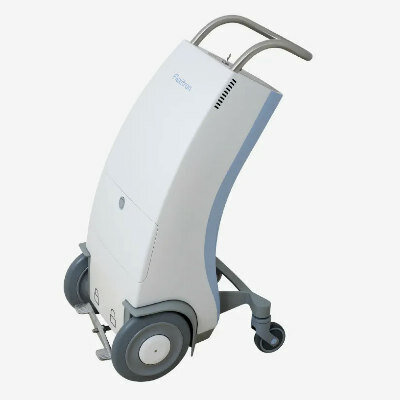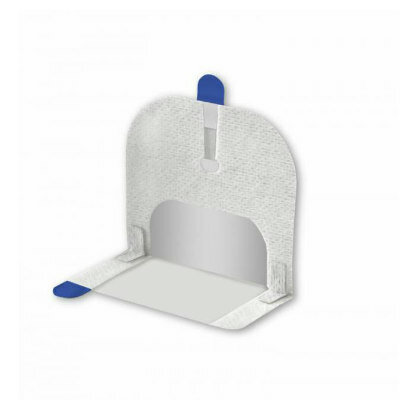CT Perfusion Predicts Treatment Response in Cancer Patients
By MedImaging International staff writers
Posted on 03 Jul 2017
The results of a multi-center feasibility study and clinical trial have shown how CT perfusion can be used to predict the treatment response of patients with advanced ovarian cancer.Posted on 03 Jul 2017
Computed Tomography (CT) perfusion measures the volume and flow of blood to ovarian cancer tumors. This can provide an accurately prediction of treatment response and enable clinicians to improve treatment planning.

Image: Dr. Ting-Yim Lee demonstrates the CT perfusion technology (Photo courtesy of Western University).
The trial included 120 enrolled patients, of which 76 patients, with a median age of 61 years from 19 centers were evaluated. The study was published online in the May 15, 2017, issue of the journal Clinical Cancer Research by scientists from Western University (London, ON, Canada) and Lawson Health Research Institute (London, ON, Canada).
According to the authors of the study, most ovarian cancer patients (60 to 85%) suffer from a relapse after initial treatment. This shows the importance of the new CT perfusion technique that enables clinicians to predict patients’ response to specific therapy, and improves treatment planning and patient selection.
One of the researchers, Ting-Yim Lee, professor at Western University and scientist at Lawson Health Research Institute, said, "CT perfusion is honing into the change in blood flow to the tumor before and after treatment. In this particular case we can see that blood flow tends to decrease in those who will survive longer without symptoms, whereas for those whose symptoms will recur within six months, we saw blood flow to the tumor increase after their treatment. Using this method we are able to see a change in the blood flow as early as four weeks after treatment. This means we don't have to wait months to determine whether symptoms will recur, we are able to tell whether the treatment is effective much sooner."
Related Links:
Western University
Lawson Health Research Institute













